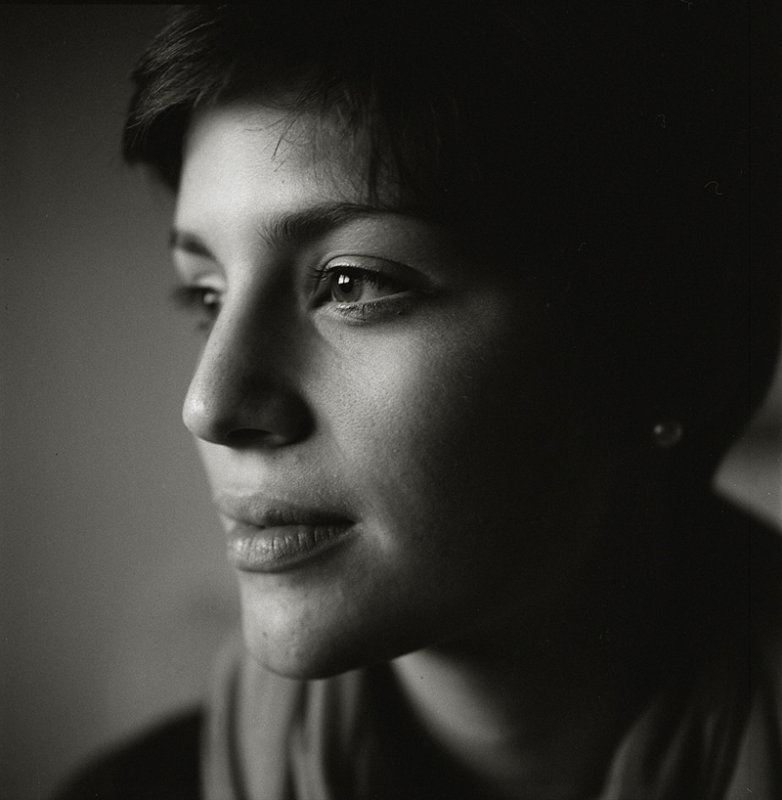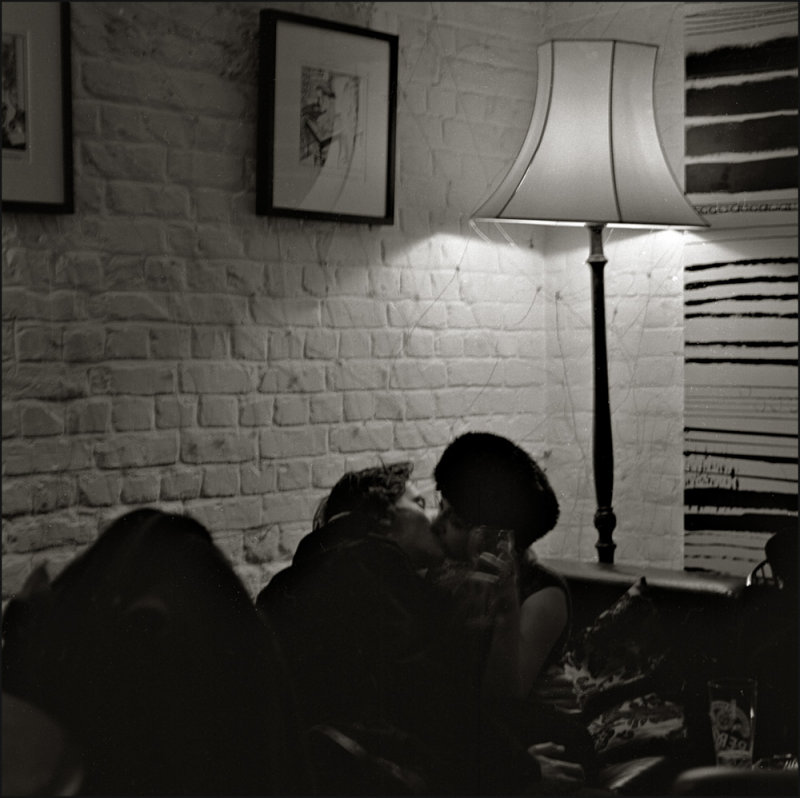I compared Tri-X and Neopan 400 (120) in HC-110 here the other day. shot two rolls back to back during one outing.
Imo they look kind of similar in the tonal response, but the Neopan seemed to have finer grain than the Tri-X. (both scans were equally scanned). Both were developed quite similar in HC-110 Dil. B.
I've never tried pushing Neopan, I have a bunch of Neopan 1600 still, so I don't have to, so I can't answer in that regard. But I would believe that you would end up with less grain in Neopan vs Tri-X when pushing, based on what I've seen so far anyway.
If I had to push a 400 ISO film, I would definitely try Neopan first, then Tri-X and then HP5+. (and in Micrphen or Fuji's own Super prodol
http://www.japanexposures.com/shop/product_info.php?cPath=23&products_id=121 )
Normally, when a shoot calls for high-iso and loads of pictures, I use my digital Canon DSLR, it makes for better photos for the events I shoot.
But, off course, B&W film is cooler, so if the client accepts it, why not?
If I was in your shoes, I would make a trial run with both films, and go from there, only you know what you are looking for.




